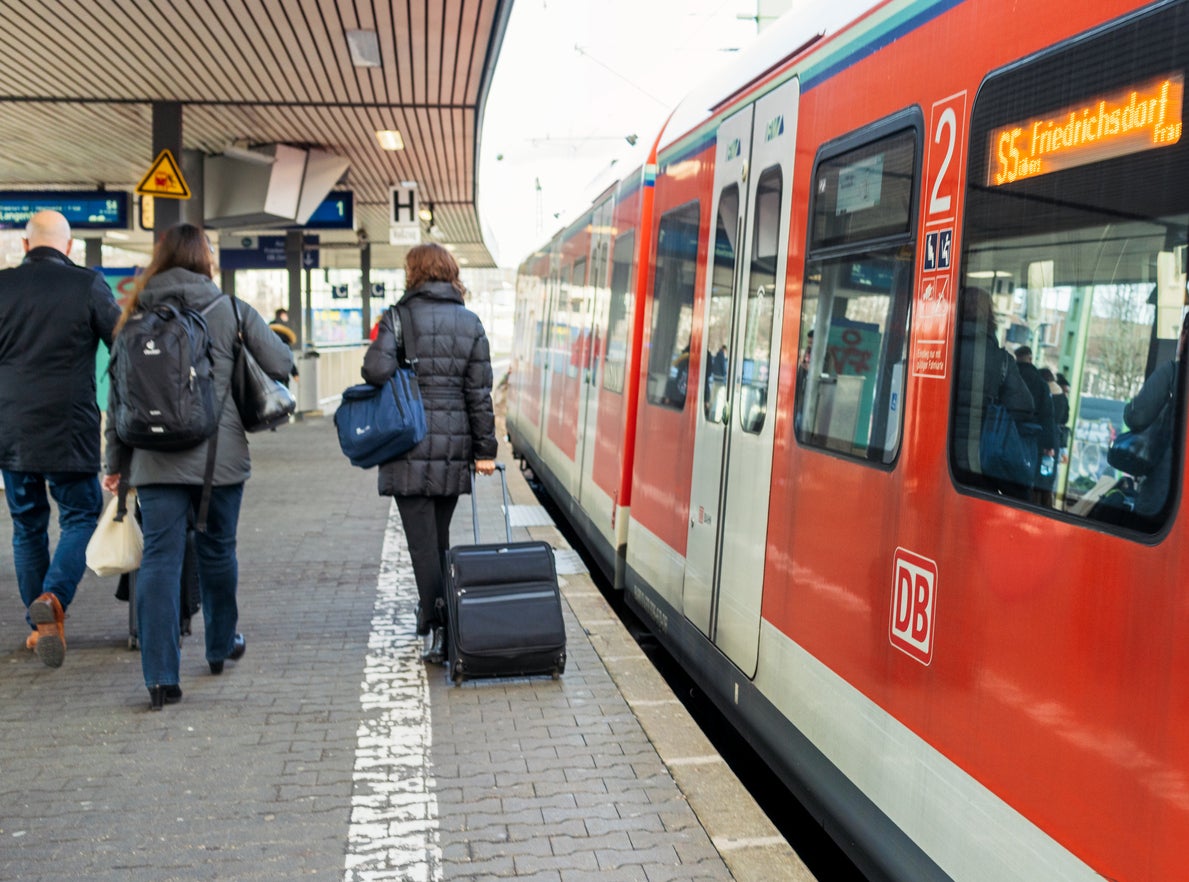The world’s best public transport system revealed
The Man Who Pays His Way: ‘The UK ranks ahead of much of Europe’

No one enjoys driving more than my friend and colleague Douglas Bolton. No one enjoys driving less than I do. And other road users fail to enjoy my driving, too.
Therefore an arrangement whereby Douglas drives and I occasionally intervene as a human satnav works well. This week, while he negotiated the idiosyncrasies of California’s stretch of Route 66, I appreciated the views.
On a dark desert highway, the conversation – like the “Mother Road” – takes many turns.
Douglas pondered: “Which country has the best public transport system?” Soon afterwards, he regretted asking; I set about analysing the question and the answer over many, many miles.
These are the edited highlights.
World's best train journeys
Show all 10First, define “public transport”. While arguably scheduled flights could be included, I limit it to terrestrial links. And “best”? Value and reliability are the key parameters, with speed and integration also critical.
Immediately you can exclude much of the planet. In North America, most big cities have decent metropolitan transport but the rail and bus links between them are lamentable; at Victorville, California, the mission-architecture-style Greyhound bus station beside Route 66 opens only between 10am and 2pm and not at all at weekends.
Australia and New Zealand are similarly misconnected.
Latin America has let its railways rot. While long-distance bus links are mostly excellent, a cross-town journey in Guatemala City, Bogota and all capitals to Santiago is usually a nightmare.
The lone star in Africa is Morocco, where a new high-speed railway connects Tangier with the capital, Rabat, and the main commercial city, Casablanca.
In the Middle East, Saudi Arabia’s high-speed line between Jeddah and Medina may yet lure travellers out of their air-conditioned 4x4s, but there is little sign of that happening so far. Dubai sets the local standard for public transport with its ever-extending Metro, but the UAE as a whole is a land that public transport mostly forgot.
In Asia, India’s rail network is unmatched in its scale and has the highest usage, as anyone who has been on a rush-hour train into Kolkata will testify. But the country’s first proper high-speed railway, between Mumbai and Ahmedabad, is still at least two years away.
While China has poured money into the planet’s best high-speed rail network, city transport has failed to keep pace. In contrast, the city-state of Singapore has superb internal transport but lousy external links.
I pronounce Japan and Korea joint winners in Asia. The global prize, though, is heading for Europe.
The UK ranks ahead of much of Europe thanks to having some really good rail fares (though many really bad ones, too) and “sweating the system”: extracting maximum capacity from a Victorian network.
Competition between coach operators Megabus and National Express is also far more ferocious than in other European countries.
Switzerland and the Netherlands win bouquets for their efficiency, reliability and integration, but the cost is painfully high. The same applies to Scandinavia, though Norway picks up points for the hyper-subsidised Hurtigruten ferry serving isolated coastal communities.
Talking of subsidies: from next month, Luxembourg makes its public transport the best value of any country in the world, by declaring trains, trams and buses free. But links with neighbouring nations remain poor.
The high-profile runner-up is France, which began Europe’s high-speed rail revolution and has also (re-)invested heavily in trams. But locations off the TGV network suffer from erratic trains, and the amount of strike disruption is ludicrous.
So the winner is: Germany, where integration is everything: trains and trams dovetail, and buses roam on roads less travelled. The new year brought a 10 per cent reduction in longer-distance Intercity-Express train fares. And if they still look too expensive, you can get astonishing value by sticking to slower Regional Express services.
Germany is surely also the private-mobility champion. You can drive as fast as you like on the autobahn. Unlike Route 66.
Subscribe to Independent Premium to bookmark this article
Want to bookmark your favourite articles and stories to read or reference later? Start your Independent Premium subscription today.

Join our commenting forum
Join thought-provoking conversations, follow other Independent readers and see their replies